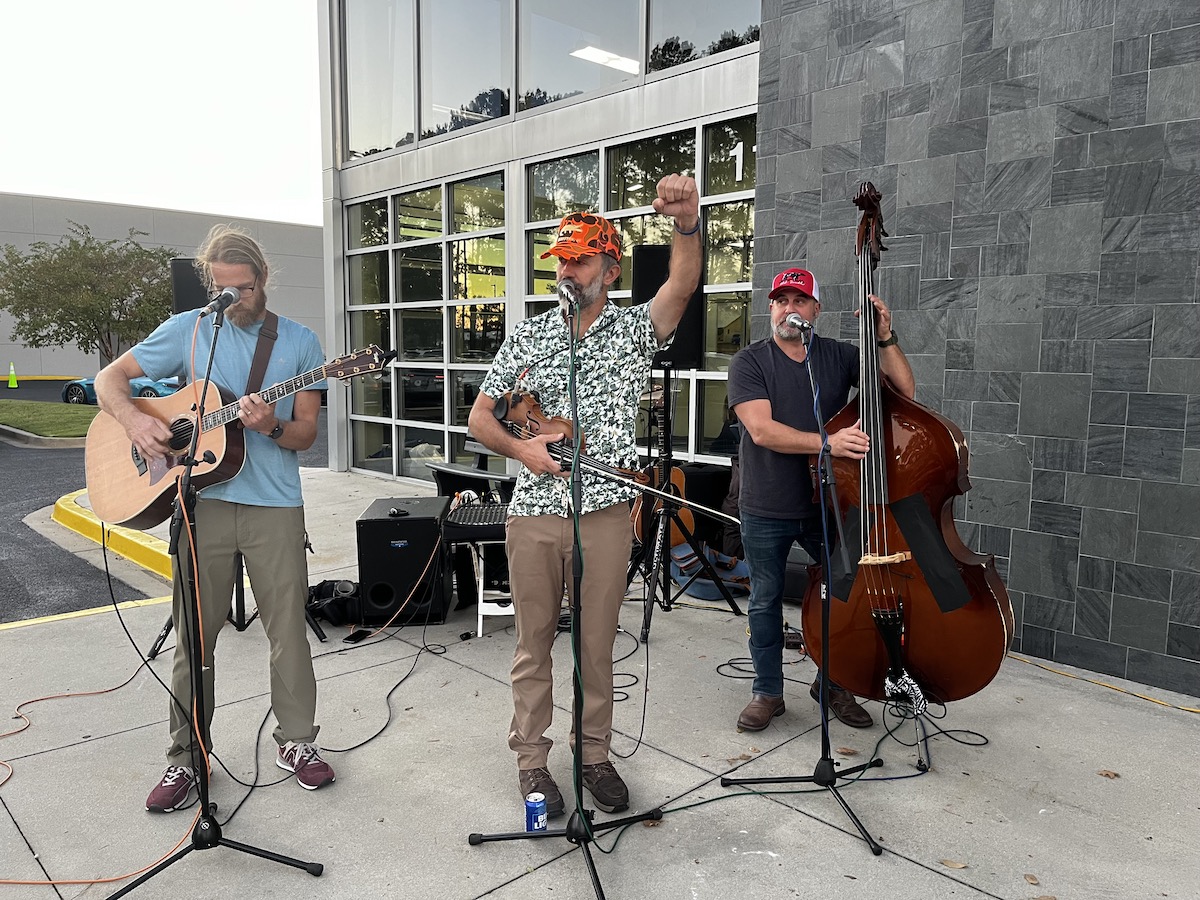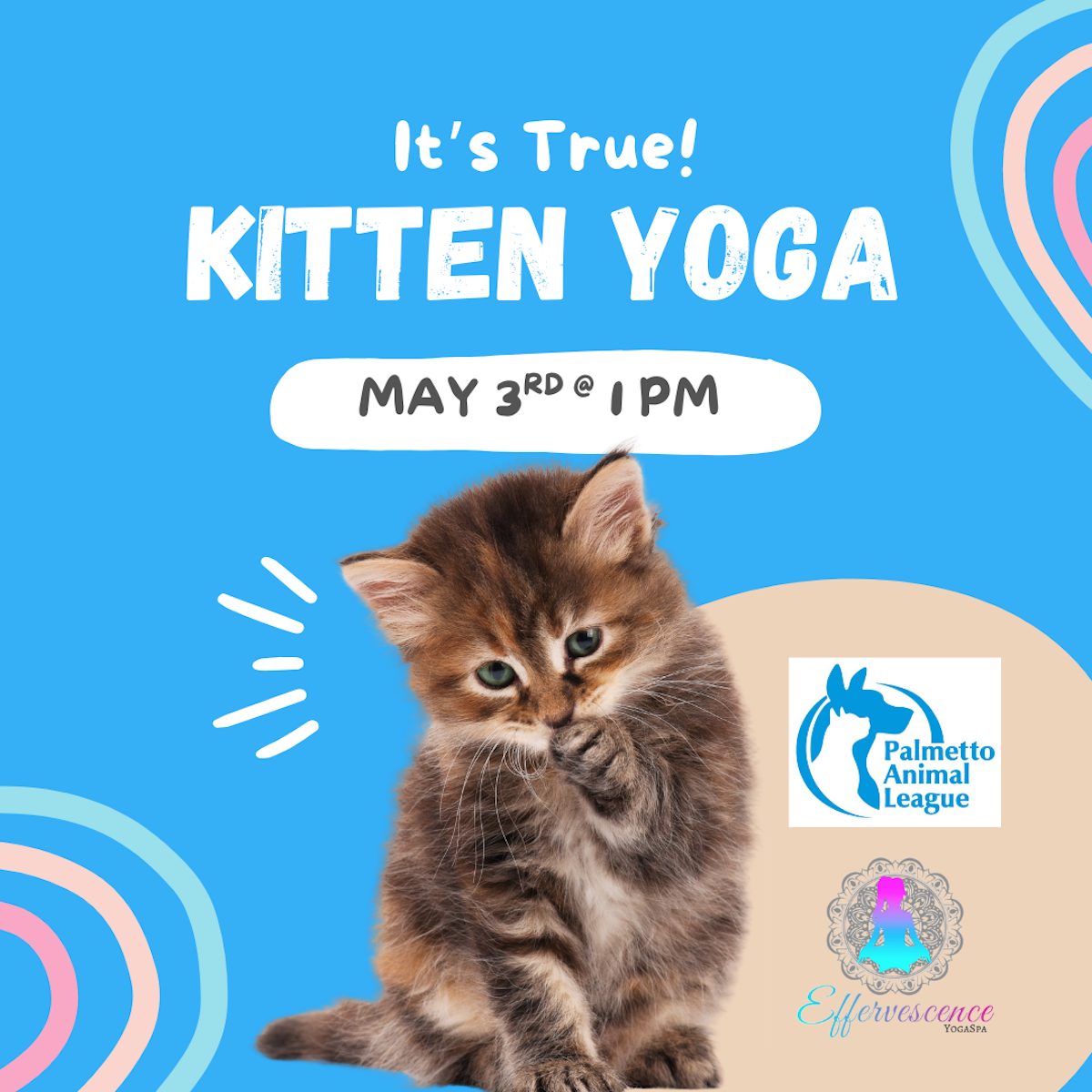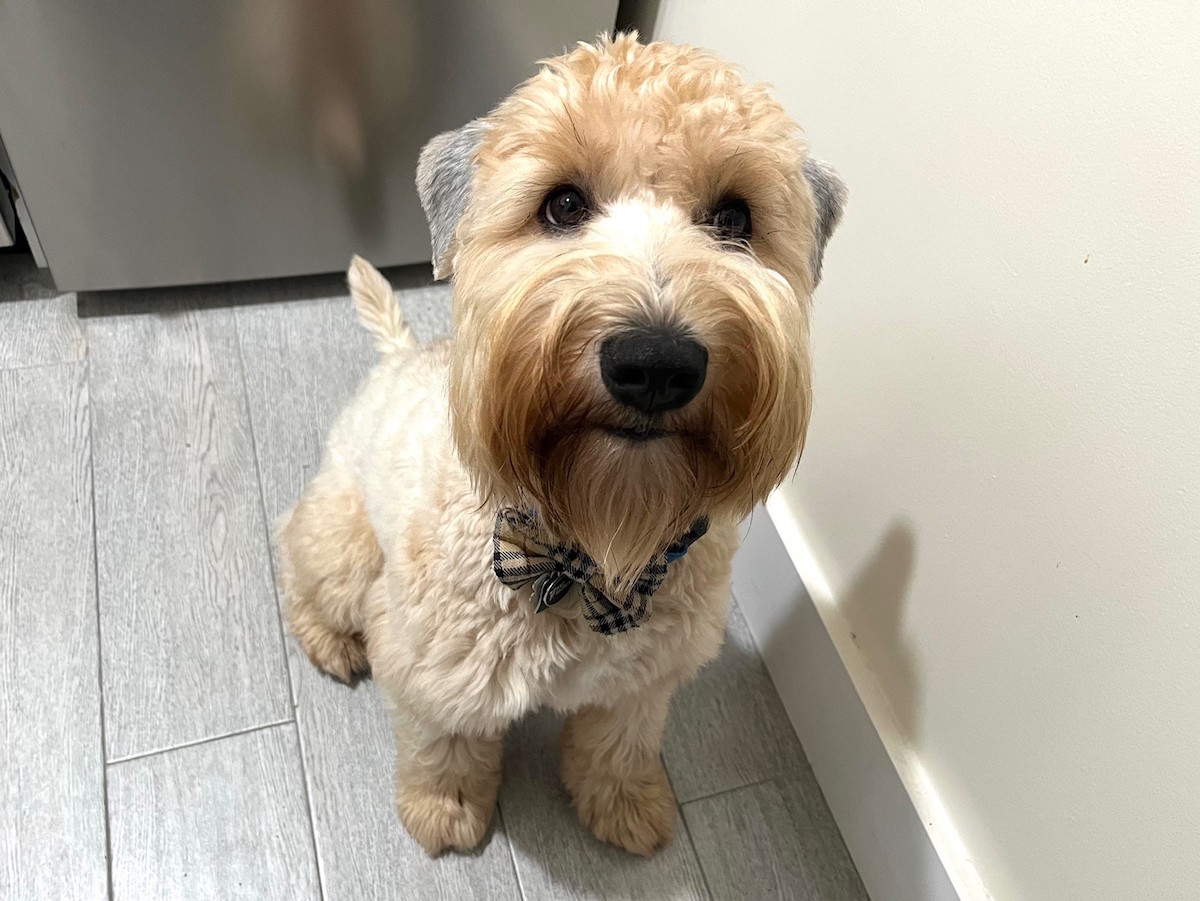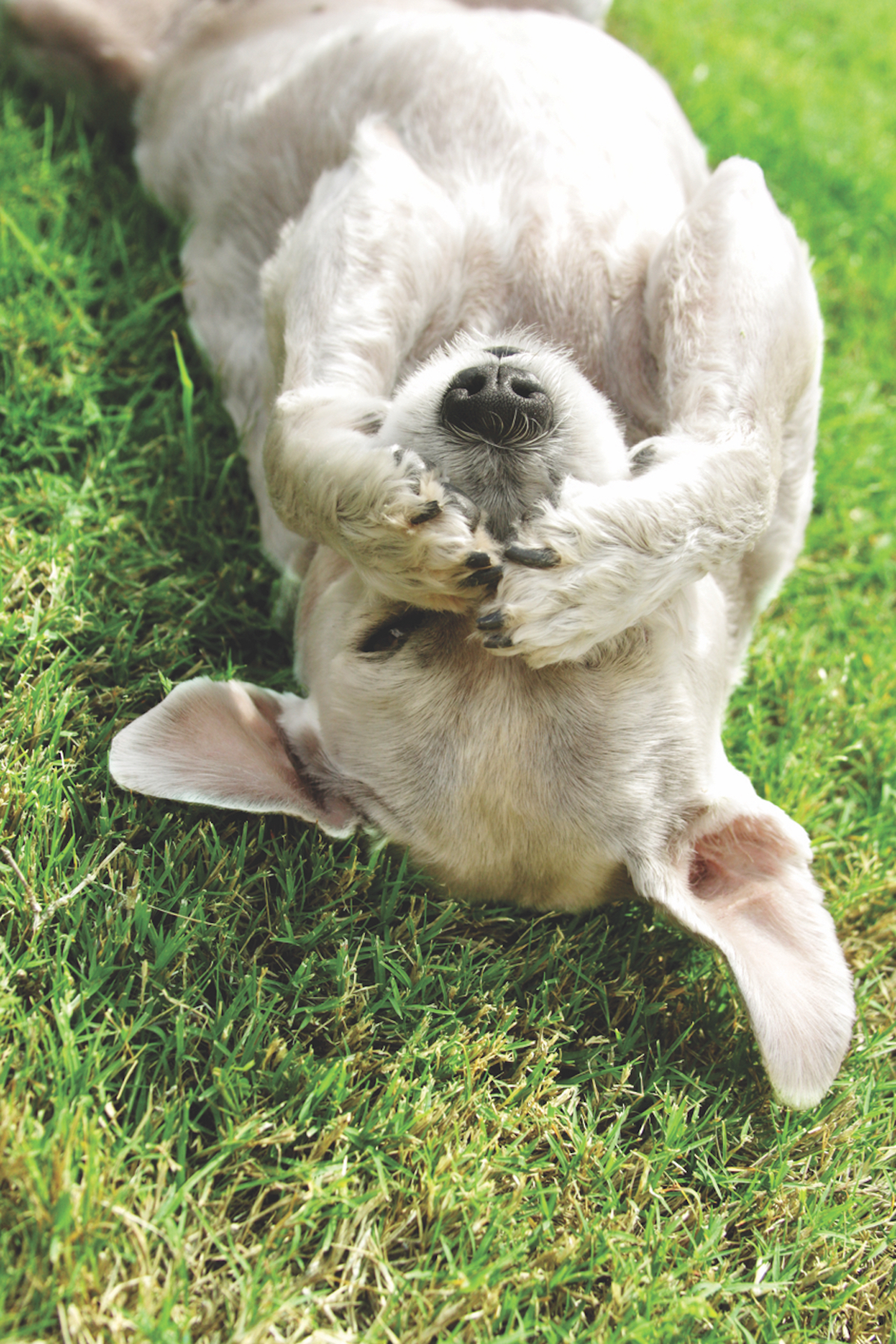By Tracie Korol
You are at the local coffee shop, sitting at an outside table with your well-trained dog lying quietly at your feet. You have chosen a safe, out-of-the-way spot for your Best Friend so as not to impede traffic. As you and Giant (who is named Giant for a reason) are enjoying the moment, suddenly the table rocks, your coffee spills, and your now-standing dog is giving a warning to the stranger who startled him. What just happened? And how can you prevent another occurrence — or worse, an act of aggression? On another occasion, you and Giant are at a big box pet store picking up supplies. As you browse the aisles, you notice a stranger heading directly for your dog without permission from you. It is likely Giant will be as uncomfortable with this approach as you are. How can a potential confrontation be avoided? We know the importance of socializing our dogs and are always on the lookout for opportunities to expose them to new experiences. But what about the well meaning but inexperienced dog lover who rushes up to our dogs with no warning? Or, my personal horror-movie-waiting-to-happen, the squealing, flapping, unattended 3, 4 or 5 year old charging at an unknown doggie?
Invariably these good people make direct, unblinking eye contact, and step quickly and directly toward the dog while making high-pitched “ooh!” noises. They’ll walk up to the dog from the rear and enthusiastically rub her cute little bum. They’ll approach a dog by looking directly at her with arms extended and clap, clap, clap their hands or click their fingers right at the dog’s face. They’ll crouch over at the waist, outstretching their arms and very slowly slink toward the dog while looking directly into her eyes. Or they’ll assume that because they love dogs, all dogs love them, too, and that they possess a special affinity for dogs, and they with them, and therefore they can forego the formalities that ordinary humans should observe.
Dogs have their own language and protocols for meeting strange dogs (and people) and it’s high time we learned what they are. After all, it just doesn’t seem fair that the full burden of figuring out how to live with another species should fall entirely on our dogs. We need to hold up our end of the relationship by learning to politely greet a stranger.
So … how do you greet a strange dog? Here are some do’s and don’ts:
Don’t approach the dog. Pretend you are ignoring the dog. Dogs prefer not to be zeroed in on by strangers. Have you ever noticed how well-mannered dogs meeting for the first time turn their heads away from each other? Ask the dog’s person for permission to meet their dog. Assuming they say yes, follow the steps below:
1. Stay relaxed. You can yawn, put on an easy smile, or slowly blink your eyelids. Keep you body loose. All these signal to the dog that you are not a threat.
2. Do not look the dog in the eyes. While eye contact signals trustworthiness to human Westerners, in the dog world it signals aggression or threat.
3. Turn your body so you are not facing the dog. Again, being face-to-face is polite to most of us, but can signal threat or aggressive intentions to a dog. Notice how well mannered dogs greet — as they approach they make a half-moon curve as they pass each other and turn nose to butt.
4. Stand straight or squat. Do not crouch over the dog. I doubt you want to be crouched over by a stranger and neither does your dog. It’s threatening.
5. Allow the dog to come to you. Most dogs are naturally curious and they will let you know if they are interested in you. If not, don’t take it personally.
6. If the dog shows interest by sniffing you with a relaxed posture, tail wag (not all dogs will wag and not all wagging is friendly), perhaps looking at you with soft eyes — then you can slowly offer the dog your hand (fingers in) for investigation.
7. Let the dog sniff your hand, if she wants to, and then gently touch the dog on the shoulder, neck or chest, not the top of the head.
8. The dog will clearly tell you if she wants more interaction or if she is finished with you. Listen to her.
9. If at any time during the interaction the dog backs away, stop what you are doing. Dogs will love you for it.






